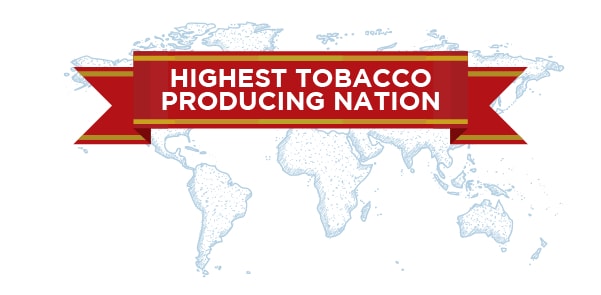The Cultivation of Tobacco is easy. Tobacco production in the world constantly increased as the demand for the tobacco products has grown consistently.
China is the largest Tobacco producing country. Brazil and India are the next largest producers.
1. China :
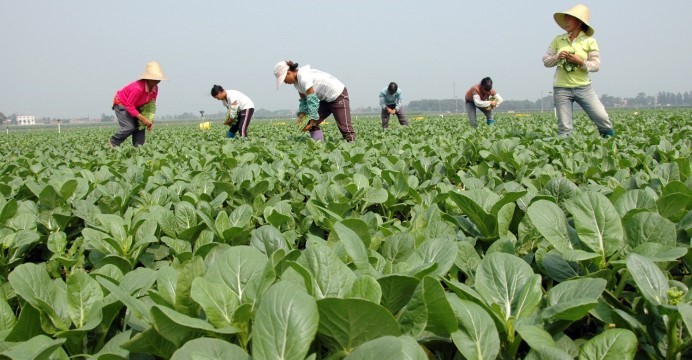
China is the largest producer and consumer of tobacco. The country also ranks as first by harvested area. It is estimated that around 300 million Chinese use tobacco while 2,000 die from smoking-related illnesses every day. Tobacco production is a lucrative business in China. Some local governments actively encourage development in the tobacco industry as a boost to the local economy. In the township of Enshi in the Hubei Province, for example, the tobacco industry has generated 5.1 billion yuan and is a mainstay supporting impoverished locals.
2. Brazil :
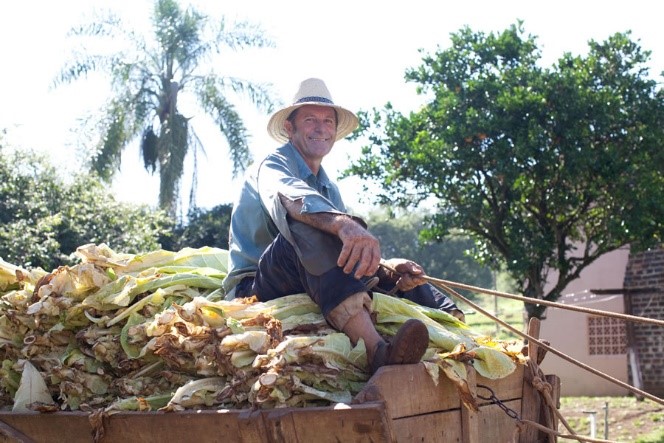
Brazil ranks second in producing tobacco across the world. Brazilian tobacco is known for high quality that results from the fact that farmers rely on manual labor instead of mechanization during all stages of production. Since the country doesn’t have the high number of tobacco consumers, the greatest share of produced crop ends up in foreign countries.
3. India :
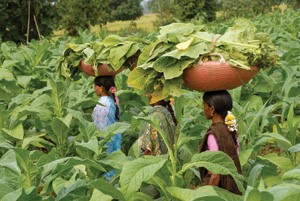
Tobacco production in India has been overall good as the climate down south is ideal for tobacco production. Tobacco plants cannot take too much of cold, therefore the northern Himalayan ranges are not ideal. The government of India has set up research councils to increase the production of Tobacco as this is an important means of revenue for the country through exports. There are many research centers promoting the growth of tobacco and looking at innovative ways to increase the yield are set up more towards Southern states especially Andhra and Chennai while towards the north the research centers are at Punjab and Bihar.
4. United States :

Tobacco has a long history in the United States. Tobacco in the form of leaf, snuff, chew, smoking tobacco, cigars, and factory-made cigarettes have often been called the United States’ oldest industry. By the mid-1620s tobacco became the most common commodity for bartering due to the increasing scarcity of gold and silver and the decreasing value of wampum from forgery and overproduction. In order to help with accounting and standardizing trade, colonial government officials would rate tobacco and compare its weight to values of pounds, shillings, and pence. The popularity of American tobacco increased dramatically in the colonial period eventually leading to English goods being traded equally with tobacco. Because England's climate did not allow for the same quality of tobacco as that grown in America, the colonists did not have to worry about scarcity of tobacco. This eventually led to tobacco being the main form of trade with England.
5. Indonesia :
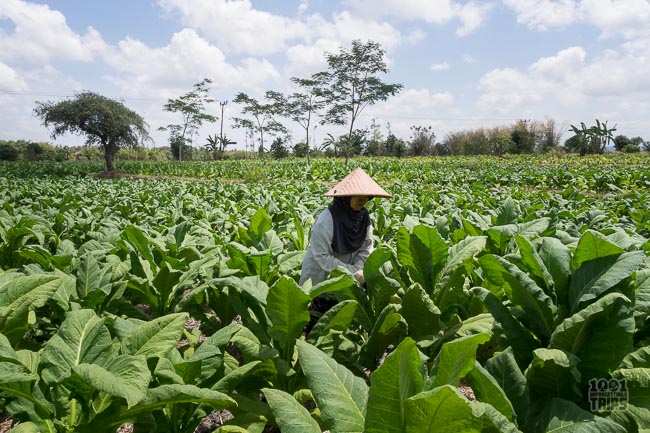
Few smells are as ubiquitous to Indonesia as that emitted by the popular kretek cigarette. A mix of cloves and tobacco, its soft-smelling smoke can be found in cafés, bars and warungs in every corner of the archipelago – and in the hands of Indonesians of all ages.
Small kids are often seen smoking in the local communities. This is no accident. The global tobacco industry has, with the acquiescence of the country’s government, used a mix of advertising, marketing and cigarettes flavored with cloves and chocolate to turn Indonesia into a nation of smoking addicts – and one of the most valuable tobacco markets in the world.
Zimbabwe, Malawi, Argentina, Pakistan, and Turkey are the next major producers of Tobacco. There are millions of tobacco users worldwide and the cigarette which is famous in culture is used in every country in the world.

